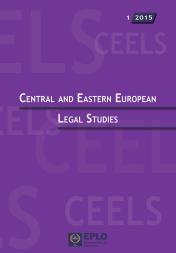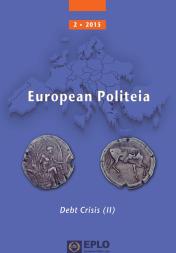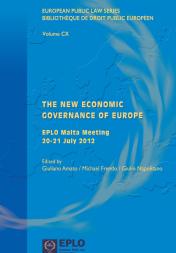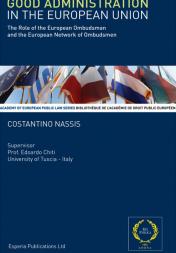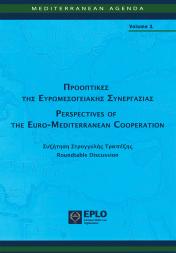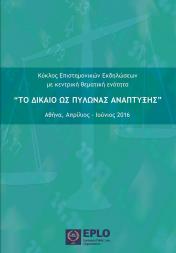
Privacy and Freedom of Expression:
An Interesting Tale from the UK
Professor of Public Law, Queen’s University, Belfast
This article considers how UK courts resolve disputes about the right to privacy and freedom of expression and how they use concepts such as “the public interest”, “personal space” and “autonomy” when doing so. It uses the case of PJS v News Group Newspapers Ltd to develop two main points about UK law. The first is that the common law has recently developed a new tort of “misuse of private information” that applies when (for instance) a newspaper proposes to publish information about an individual’s private life. The second point concerns the manner in which the common law has absorbed European influences when developing the tort, as the leading case law has all arisen under the Human Rights Act 1998 that gives domestic effect to, among other rights, Article 8 ECHR and Article 10 ECHR. The article chronicles how the tort has been constructed around not only those rights but also the proportionality principle that is central ECHR case law. It concludes by considering what might happen to the tort in the event that the Human Rights Act 1998 is repealed at some stage in the future.
Cet article examine comment les tribunaux du Royaume-Uni règlent les litiges relatifs au droit à la vie privée et à la liberté d’expression et comment, pour ce faire, ils utilisent des concepts tels que “intérêt public”, “espace personnel” et “autonomie”. L’article se sert de l’affaire PJS v News Group Newspapers Ltd pour développer deux points principaux concernant le droit du Royaume-Uni. Le premier est que le common law a récemment élaboré un nouveau délit de “mauvais usage d’informations privées”, qui s’applique quand (par exemple) un journal se propose de publier des informations relatives à la vie privée d’un individu. Le second point concerne la manière dont le common law a absorbé les influences européennes en élaborant le délit, étant donné que la jurisprudence dominante s’est entièrement créée conformément à l’Human Rights Act de 1998, qui accorde des effets internes, entre autres droits, à l’article 8 et à l’article 10 de la CEDH. L’article relate comment le délit a été construit non seulement autour de ces droits mais aussi du principe de proportionnalité, qui constitue une jurisprudence essentielle de la Cour européenne des droits de l’homme. Il conclut en considérant ce qui pourrait arriver au délit si l’Human Rights Act de 1998 venait à être abrogé.
* I would wish to thank Professor Jack Anderson of the University of Melbourne for his comments on an ealier draft of this article - errors and omissions are mine.





